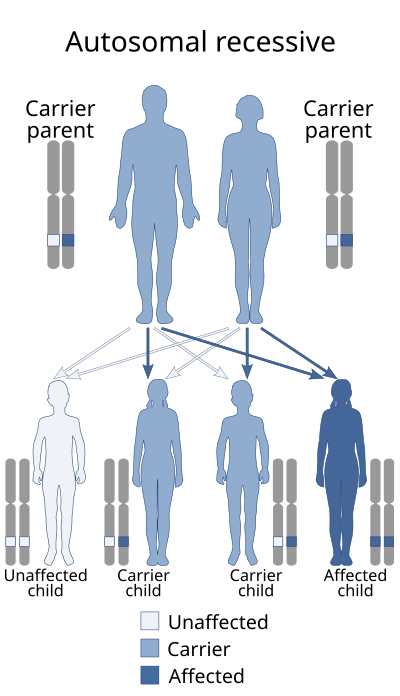
Search
Sponastrime dysplasia

Sponastrime dysplasia is a rare condition characterised by facial and skeletal abnormalities.
Signs and symptoms
The main features of this condition are evident in skeleton and face.
Facial features:
- Macrocephaly
- Frontal bossing
- Midface hypoplasia
- Depressed nasal root
- Small upturned nose
- Prognathism
Skeletal features:
- Shortened limbs (more pronounced in lower limbs)
- Short stature
- Progressive coxa vara
On X ray:
- Abnormal vertebral bodies (particularly in the lumbar region)
- Avascular necrosis of the capital femoral epiphyses
- Striated metaphyses
- Generalized mild osteoporosis
- Delayed ossification of the carpal bones
Other associated conditions:
These are variably present
- Cataracts
- Hypogammaglobulinemia
- Intellectual disability
- Short dental roots
- Subglottic stenosis
- Tracheobronchomalacia
Genetics
This condition has been associated with mutations in the Tonsoku-like, DNA repair protein (TONSL) gene. This gene is located on the long arm of chromosome 8 (8q24.3). This gene is also known as NFKBIL2.
Pathopysiology
This is not understood. It appears that the TONSL gene product is involved in genome repair.
Diagnosis
This can be suspected when the usual facial and skeletal features are present. It is confirmed by sequencing the TONSL gene.
Differential diagnosis
Short limbed dwarfism syndrome in association with immunodeficiency.
Treatment
There is no specific treatment for this condition. Management is supportive.
Epidemiology
This condition is considered to be rare with less than 100 cases reported in the literature.
History
This condition was first described in 1983.
References
Text submitted to CC-BY-SA license. Source: Sponastrime dysplasia by Wikipedia (Historical)
Owlapps.net - since 2012 - Les chouettes applications du hibou


